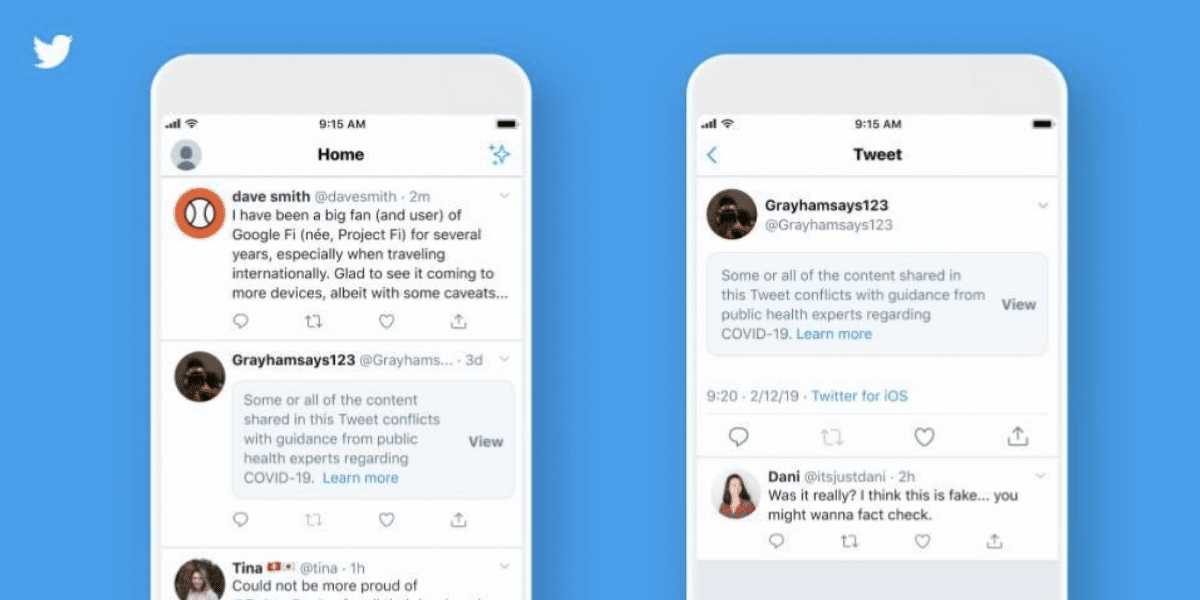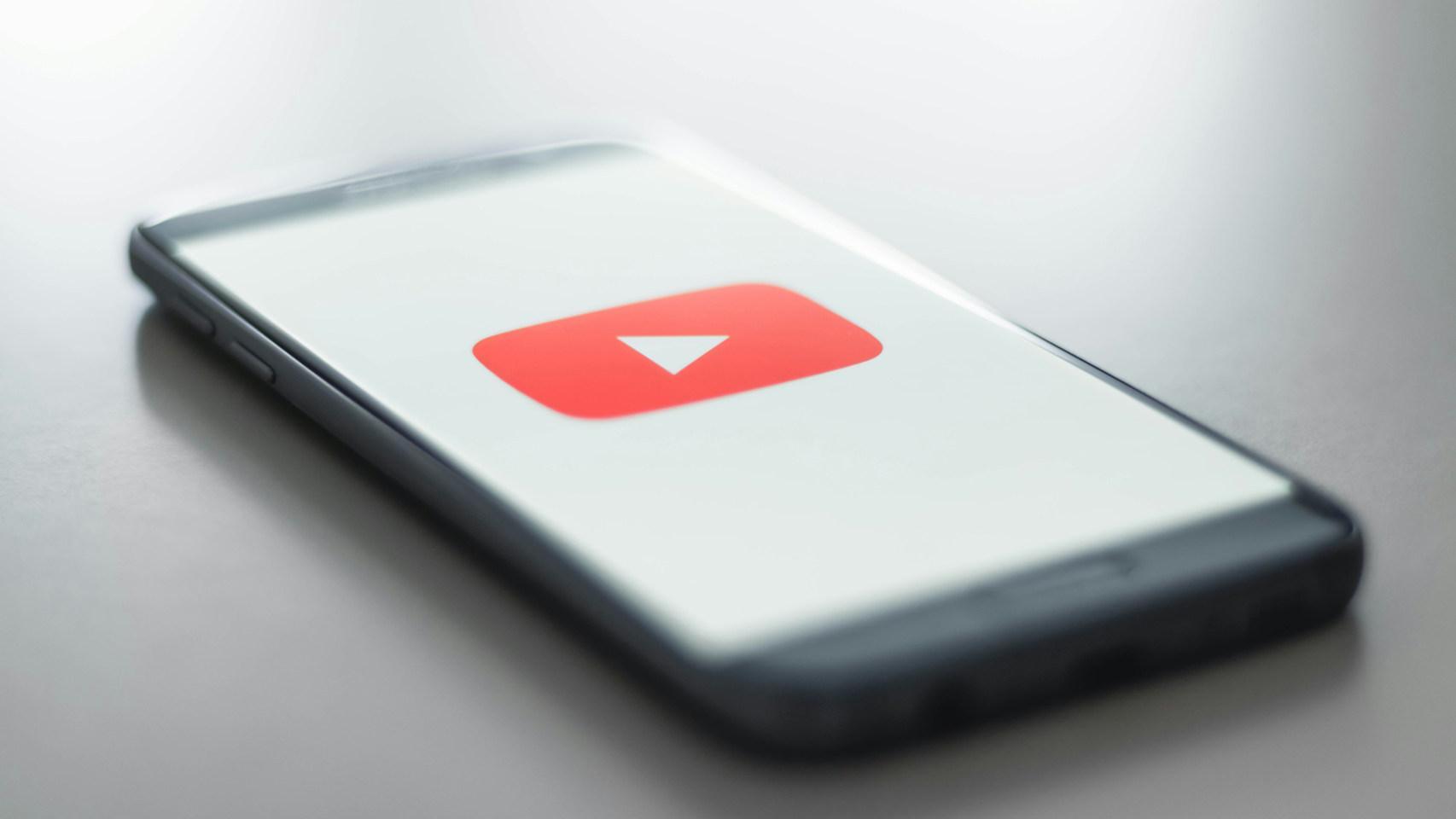
The fake news it is the order of the day. There are thousands of media releases trying to defeat them by using known facts to look at the information that surrounds them and networks. This is especially important in times of crisis such as the epidemic in which information is distributed faster than a gunpowder, even if it is not. Social networks focus on the transmission of this kind of misleading information. That is why Twitter has released access to fake information and awareness tools,
Fake information or fake news, Twitter's new challenge
To proceed with step one, we will use these labels and warning messages to provide additional explanations and clarifications in cases where the risk of a Tweet-related injury is serious but its content can make people continue to be confused or cheating.
Fighting disinformation is a new challenge for the Twitter team. Yesterday new labels against disinformation, appear in tweets whose information is not verified or misleading. In this way, Twitter pretends to be a clean, secure database that allows users to verify that what they are reading is difficult.

The the detection of misleading tweets
Twitter has two tools: notification and tag. The tag will be posted in tweets that are relatively large and will refer readers to trusted websites with verified information about public health and COVID-19. However, if the information contains serious content, it will be removed or a warning will appear, confirming that the content is not verified. In addition, Twitter introduces three types of content:
- Misleading information: statements or statements that are certified as false or misleading by experts in the field, such as government health authorities.
- Disputed claims: Statements or statements in which the accuracy, validity or accuracy of a claim may be entered in its true or unknown form.
- Unclaimed claims– Information (which can be true or false) that can be verified at the time it is allocated.








